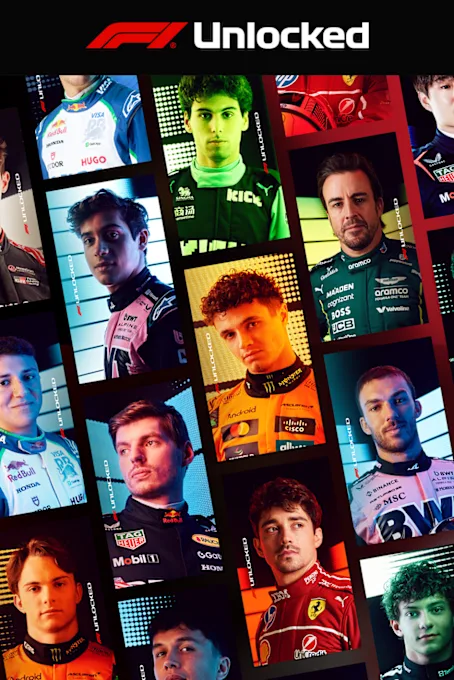LIGHTS TO FLAG: Allan McNish on working with Senna, an F1 chance that came ‘too late’ and helping Audi join the grid
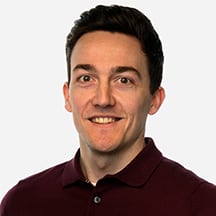
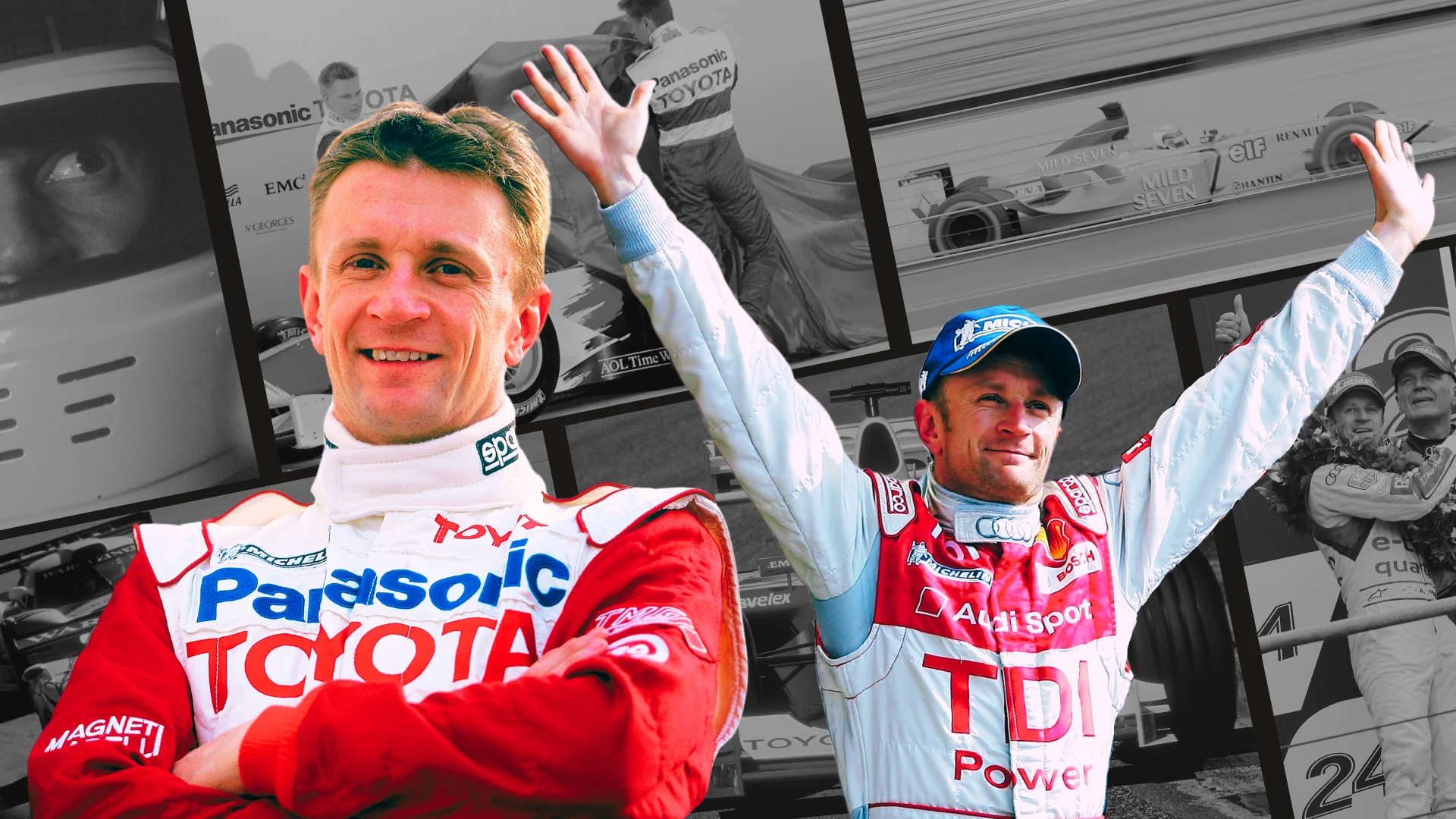
Allan McNish is best known for his success in the sportscar world, having won the 24 Hours of Le Mans on three occasions and bagged plenty more prestigious trophies worldwide. But the proud Scot also has an F1 tale to tell with his eye-opening stint testing for McLaren-Honda during their golden era and a sole season racing for Toyota in the early 2000s. For our latest Lights to Flag feature, McNish shares all about his journey to the top across multiple disciplines and how he remains heavily involved in the sport to this day…
Inspired by the Isle of Man
McNish grew up in Dumfries, a town in the southwest corner of Scotland, with his father – who ran a local car garage – sparking an interest in racing via annual trips across the Irish sea to watch one of the biggest motorbike events on the calendar.
Next Up
Related Articles
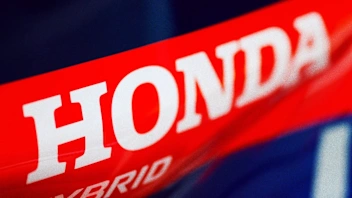 Honda reveal details around power unit launch
Honda reveal details around power unit launch 3 inspiring individuals share their paths to working in F1
3 inspiring individuals share their paths to working in F1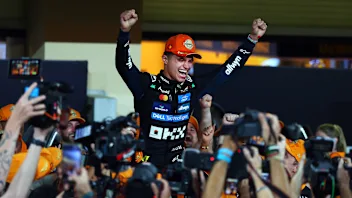 UnlockedQUIZ: 10 questions on the new World Champion Lando Norris
UnlockedQUIZ: 10 questions on the new World Champion Lando Norris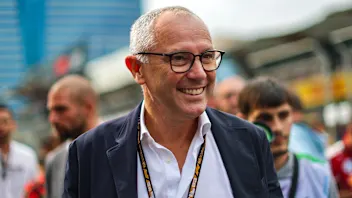 F1 CEO Domenicali reflects on 'phenomenal' 2025
F1 CEO Domenicali reflects on 'phenomenal' 2025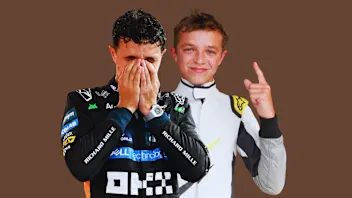 ExclusiveHow Norris made his school teachers ‘enormously proud’
ExclusiveHow Norris made his school teachers ‘enormously proud’ 10 ways to get your Formula 1 fix during the winter break
10 ways to get your Formula 1 fix during the winter break
